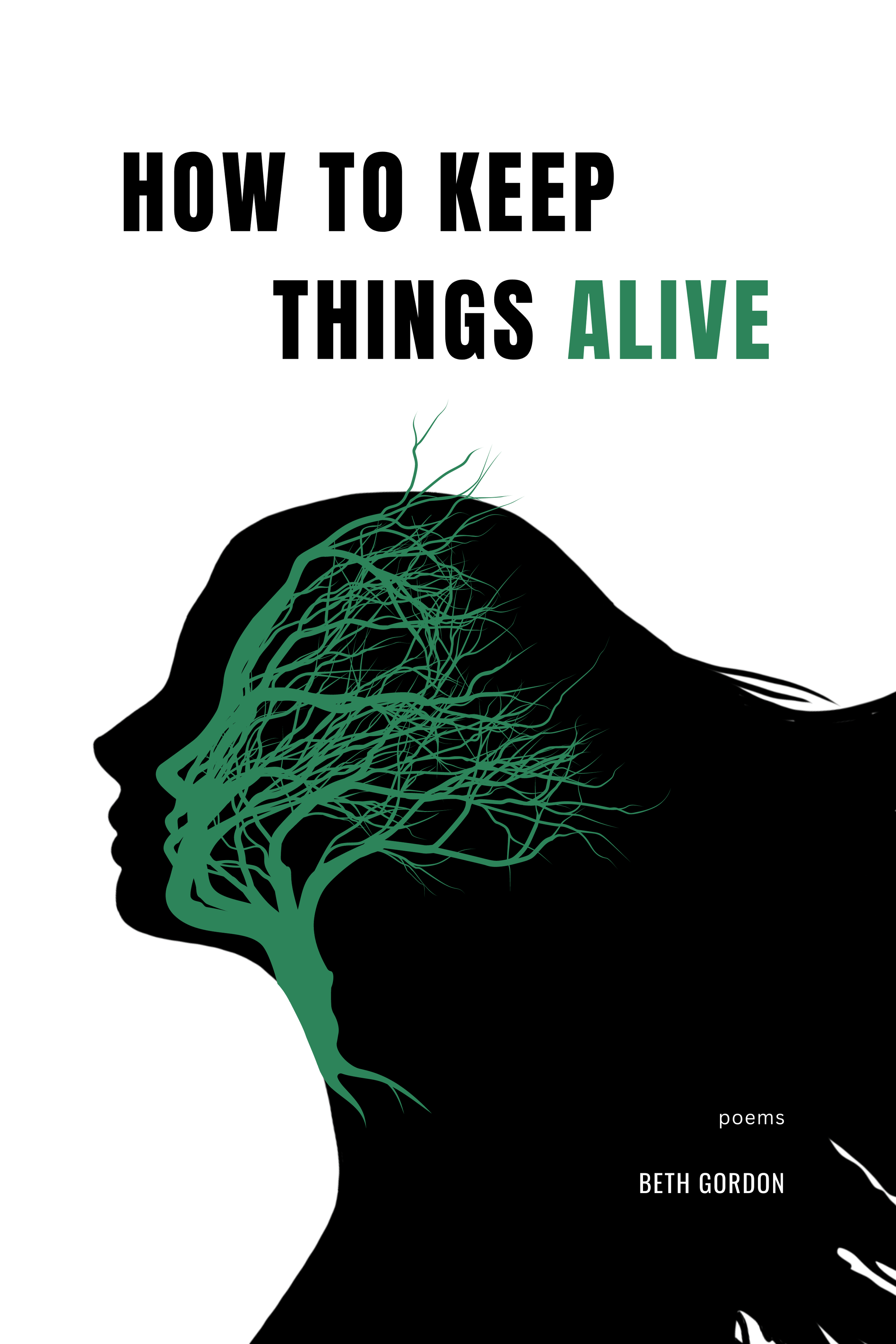Ecology of the Afterlife by Nathan Manley
Ecology of the Afterlife by Nathan Manley
SPLIT ROCK PRESS CHAPBOOK SERIES
Ecology of the Afterlife explores the late-Pleistocene and Holocene extinctions of 21 plant and animal species; each poem considers the fate of a different organism—disappearances precipitated in all but two instances by the human diaspora from Africa and mankind’s increasingly ubiquitous environmental impacts. Inspired by the work of early taxonomists like Conrad Gesner (1516-1565 CE), this volume of poetry incorporates both primary and secondary sources from a surprisingly diverse array of contemporary and historical materials.
2 SAMPLE POEMS in PORTLAND REVIEW
2 SAMPLE POEMS in COLD MOUNTAIN REVIEW
PRODUCT DETAILS
Genre: Poetry
Publisher: Split Rock Press
Paperback: 42 pages
Dimensions: 7.5 x 9.25
Release date: Nov. 5, 2021
ISBN: 978-1-7354839-2-4
ABOUT THE AUTHOR
Nathan Manley is a writer and erstwhile English teacher from Loveland, Colorado. He holds a master’s degree in English literature from the University of Northern Colorado. For now, he resides with his wife and two cats among the great deciduous forests of New England, where he is pursuing a JD at the University of New Hampshire. He is the author of one chapbook, NUMINA LOCI (Mighty Rogue Press, 2018). Recent poems have appeared or are forthcoming in Portland Review, THINK, Natural Bridge, Crab Creek Review, Split Rock Review, and others. His work has also been nominated for Best of the Net. You can find his writing and instrumental music at nathanmmanley.com.
PRAISE FOR ECOLOGY OF THE AFTERLIFE
How do we understand our current relationship to extinction? How do we account for what is gone due to our own, human hands? These poems by Nathan Manley harness the tradition of scientific illustration (which itself insists upon a measure of observational time, given the hours and minutes that any viewer knows must be behind each drawing) to offer fragments of what remains from those irrevocably gone: skulls, wings, and inflorescences point us to the actuality of beings, as well as their meanings to the artist, but can never give us those beings and the artist in the same space and time. Read these poems to learn vivid details; having read them and considered their details, past/present, art/history and so many other false dichotomies are revealed.
— Elizabeth Bradfield, Toward Antarctica
In Ecology of the Afterlife, Nathan Manley makes what is extinct once again extant; each poem is a living, breathing, moving diorama. Backed by sound research, we hear several voices in this poetry: Darwin’s, in the telling of natural histories; in critical attention to detail, Audubon’s; and as Afterlife is eco-writing at its lyrical heart, echoes of Leopold, of his land ethic and his appreciation for the “house” of nature and the flora and fauna—flesh and bone, stem, flower, and leaf—that live in and depend upon it. Ironically, these poems composed with such tangible sensory detail are about vanishings, yet implicit is Manley's message that as these particular species have disappeared, so goes the whole environment. And though we are immersed in the lives, deaths, and imaginative afterlives of these organisms, fixed in historical place among exotic landscapes, shaped, held, and banished by the inscrutable laws of evolution and the dangerously precarious precipice the modern world has put the planet on, despite these scientific, factual, and cautionary underpinnings, because Manley’s love of the natural world is distilled in impeccable form, we never, ever forget we are reading beautiful, often elegiac, verse.
— Brian Palmer, Editor of THINK Journal







